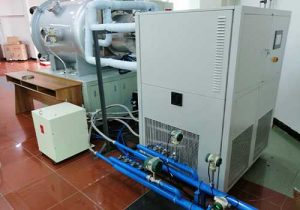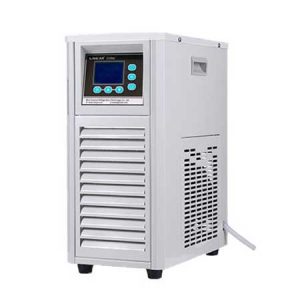constant temperature water heater
Introduction to Constant Temperature Water Heaters in Laboratories
Constant temperature water heaters, commonly referred to as water baths, are staple equipment in laboratories for their ability to provide a consistent temperature environment. They are used for a variety of purposes, including incubation, enzymatic reactions, and the warming of samples and reagents.

Mechanisms of Constant Temperature Water Heaters
These water heaters operate by using a heating element controlled by a thermostat or microprocessor. The system monitors the water temperature and activates the heating element as needed to maintain the set temperature. Some advanced models employ a PID (Proportional Integral Derivative) control system for more precise temperature regulation.
Types of Constant Temperature Water Heaters
There are several types of water heaters used in laboratories:
Static Water Baths: These are basic units that maintain a consistent temperature without circulation.
Circulating Water Baths: These models have a pump to circulate water, ensuring even temperature distribution.
Shaking Water Baths: Equipped with a platform that shakes or vibrates, ideal for mixing or aeration.
Applications of Constant Temperature Water Heaters
Water heaters are used in various scientific applications, such as:

Incubation of Biological Samples: To provide a stable temperature for cell cultures or bacterial growth.
Chemical Reactions: To facilitate reactions that require precise temperature control.
Thermal Cycling: Used in processes like polymerase chain reaction (PCR), where samples are cycled through different temperatures.
Safety Considerations
When using a constant temperature water heater, safety is paramount. Users should:
Ensure the water bath is placed on a stable, heat-resistant surface.
Use only the recommended bath fluids to prevent corrosion or other damage.
Regularly check and maintain the water level to avoid dry heating, which can damage the heater.
Follow the manufacturer’s guidelines for cleaning and decontamination, especially if hazardous materials are involved.
Operational Best Practices
For optimal use of a constant temperature water heater, laboratories should:

Allow the bath to reach the desired temperature before adding samples.
Use a lid to minimize evaporation and maintain temperature stability.
Monitor the bath during operation to ensure it is functioning correctly.
Perform regular maintenance and calibration to ensure accuracy and reliability.
Conclusion
Constant temperature water heaters are crucial for maintaining precise temperature conditions in laboratory settings. Understanding their mechanisms, types, applications, and safety considerations is vital for scientists and researchers to effectively utilize these heaters in their work. By adhering to best practices, laboratories can ensure the accuracy and efficiency of their experiments and processes.
Related recommendations
chiller capacity unit
690Understanding Chiller Capacity Units: The Key to Efficient Cooling Systems Chiller capacity units are a critical measure in the heating, ventilation, and air conditioning (HVAC) industry, deter...
View details1.5 ton water chiller price
349Understanding 1.5 Ton Water Chiller PricesA 1.5 ton water chiller (providing 18,000 BTU/hr cooling capacity) is ideal for small commercial spaces, server rooms, medical equipment, and industrial p...
View detailsAdvantages of Multiple Types of Air-cooled Chillers
1215Advantages of Multiple Types of Air-cooled Chillers The principle in nature of an air-cooled chiller is a multifunctional machine that removes liquid vapor through a compression or heat abso...
View detailsHow to handle the overload of the 100 ton chiller water pump?
1248How to handle the overload of the 100 ton chiller water pump? 1、 Reason There are many reasons for the overload of the water pump of a 100 ton chiller, most of which are long eq...
View details
 LNEYA Chiller
LNEYA Chiller






HelloPlease log in